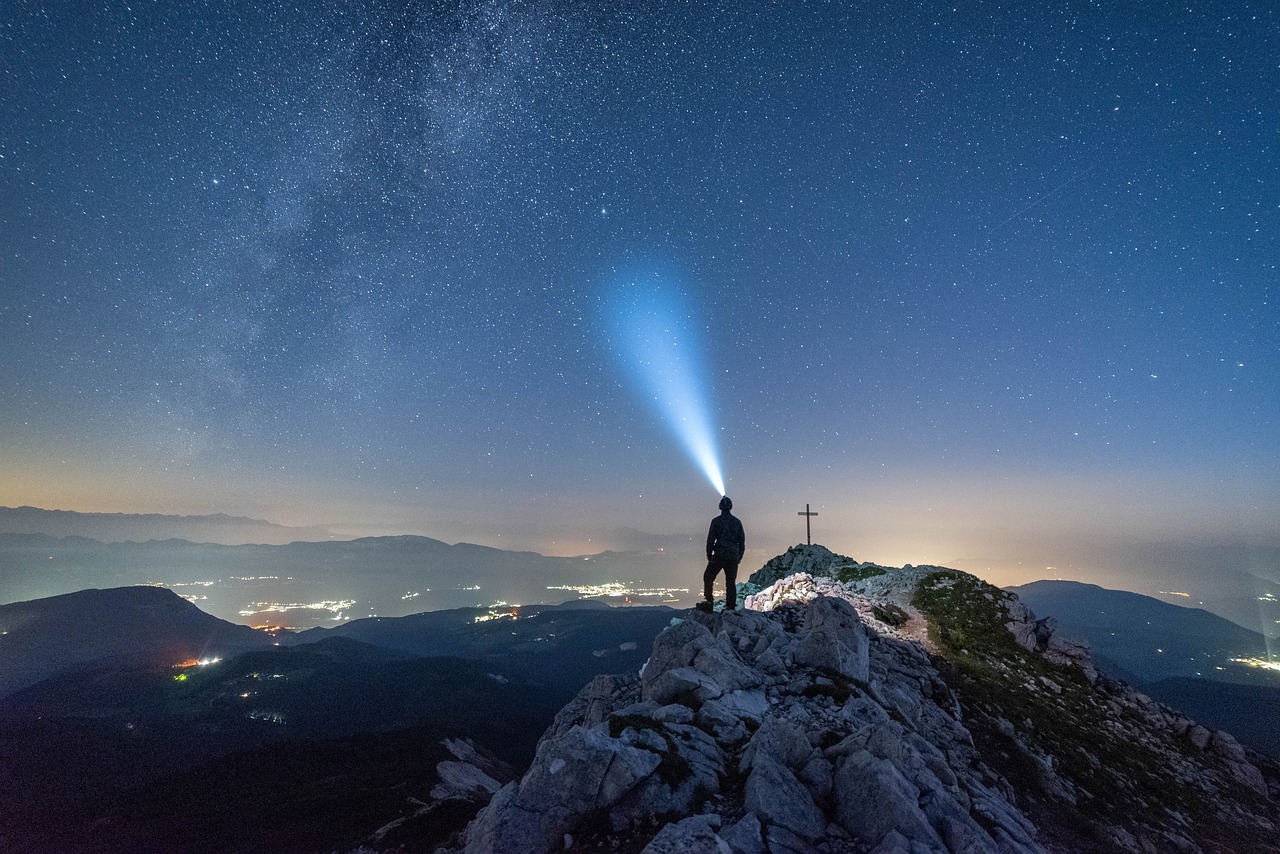The Andromeda constellation graces the northern heavens, nestled between the recognizable W shape of Cassiopeia and the Great Square of Pegasus. As one of the 48 constellations cataloged in Claudius Ptolemy’s 2nd-century work, the Almagest, Andromeda’s namesake is the enchanting princess Andromeda, offspring of Queen Cassiopeia and consort to the legendary hero, Perseus. This celestial formation is also referred to by various titles, including the Chained Maiden and Persea. Within Andromeda, notable astronomical features include the renowned Andromeda Galaxy (Messier 31), complemented by the dwarf elliptical galaxies Messier 32 (Le Gentil) and Messier 110.
Constitution and Position
Ranking as the 19th largest constellation, Andromeda encompasses an area of 722 square degrees, residing in the northeastern part of the celestial sphere. To observe its brilliance, one need only gaze between the latitudes of +90° and -40°. Surrounding constellations include Cassiopeia, Pegasus, Perseus, Pisces, Lacerta, and Triangulum. The pronunciation of Andromeda (/ænˈdrɒmɪdə/) reflects a longstanding legacy, with the genitive form used in star nomenclature being Andromedae (/ænˈdrɒmɪdiː/). The International Astronomical Union adopted the three-letter abbreviation “And” in 1922.
Andromeda hosts three stars exceeding magnitude 3.00 and boasts three stars within a mere 10 parsecs (or 32.6 light years) from our planet. Dominating this constellation is Alpha Andromedae, also known traditionally as Alpheratz. The closest star, Ross 248 (spectral class M6V), resides a mere 10.30 light years away from Earth. Notably, Andromeda is home to nine formally recognized stars, including Alpheratz, Mirach, Almach, and others sanctioned by the International Astronomical Union.
Among the constellatory treasures are stars purported to have exoplanets. A notable example is Titawin (Upsilon Andromedae), classified as F8V, which hosts four planets in its orbit. Additionally, Kappa Andromedae (B9IVn) is known to have at least one exoplanet with a mass roughly 13 times that of Jupiter, discovered in 2012. The variability of 14 Andromedae (Veritate) has also lent itself to the comprehension of extrasolar planets.
Mythological Background
In the rich tapestry of Greek mythology, Andromeda is depicted as the cherished daughter of King Cepheus and Queen Cassiopeia, whose vanity provoked the ire of the sea deities, resulting in the catastrophic unleashing of Cetus, a monstrous creature. Faced with potential devastation, the oracle prescribed the sacrifice of Andromeda, leading her to be bound to a rock. The hero Perseus intervened, and her subsequent marriage to him solidified her legacy, as well as the eventual birth of six children, including Tyndareus, the illustrious Spartan king.
In commemoration of Andromeda’s courage, the goddess Athena immortalized her among the stars.
Significant Stars of Andromeda
– Alpheratz (Alpha Andromedae): The constellation’s most luminous star, it is classified as a B8 subgiant binary star located 97 light years from Earth.
– Mirach (Beta Andromedae): Sporting a slightly variable magnitude, Mirach is a brilliant red M-type giant shining 200 times brighter than our Sun.
– Almach (Gamma Andromedae): A multiple-star system, Almach includes a golden yellow giant and a blue companion, separated by about 10 arcseconds in the vastness of space.
Deep Sky Wonders in Andromeda
The Andromeda Galaxy, often referred to as Messier 31, is perhaps the most celebrated entity in this constellation. Situated 2.5 million light years away, it is the closest spiral galaxy to our Milky Way, containing over a trillion stars. It appears particularly striking and is notable as the farthest astronomical object visible without optical aid.
Andromeda’s majesty continues with its satellite galaxies, such as M32 and M110. Meanwhile, M32 holds historical significance as the first elliptical galaxy discovered, while M110 presents ongoing indications of recent star formation.
The cluster known as Mayall II, a globular formation, orbits Andromeda, exhibiting some characteristics typical of dwarf galaxies. Alongside numerous galaxies, the NGC 206 star cloud within the Andromeda Galaxy represents one of the largest star-forming regions in our Local Group.
Notable Clusters and Galaxies
Diverse phenomena reside within Andromeda, from NGC 752, an open cluster of stars, to NGC 891, which showcases a perfect edge-on view similar to the Milky Way. The exploration of such galaxies continues to reveal the extraordinary complexity of this celestial neighborhood.
At times, interactions between galaxies manifest as pairs like NGC 90 and NGC 93, which exhibit noteworthy starburst activity born from cosmic encounters.
Through its infamous history, legendary roots, and astonishing astronomical features, the Andromeda constellation continues to captivate humanity’s imagination, serving as a beacon in our quest for celestial knowledge.



